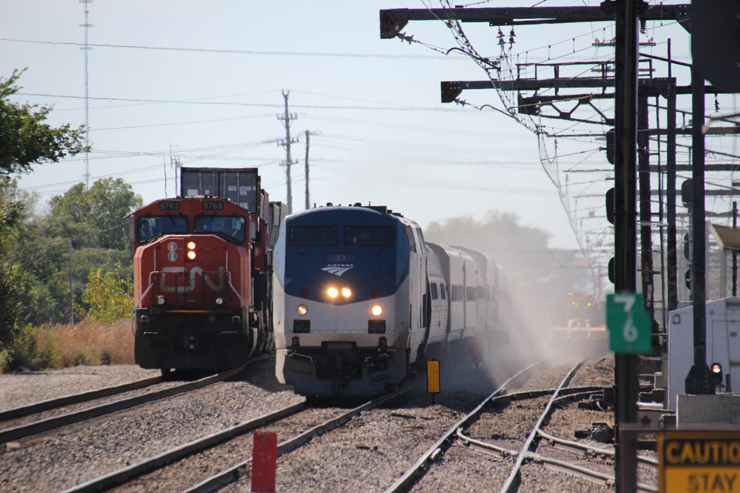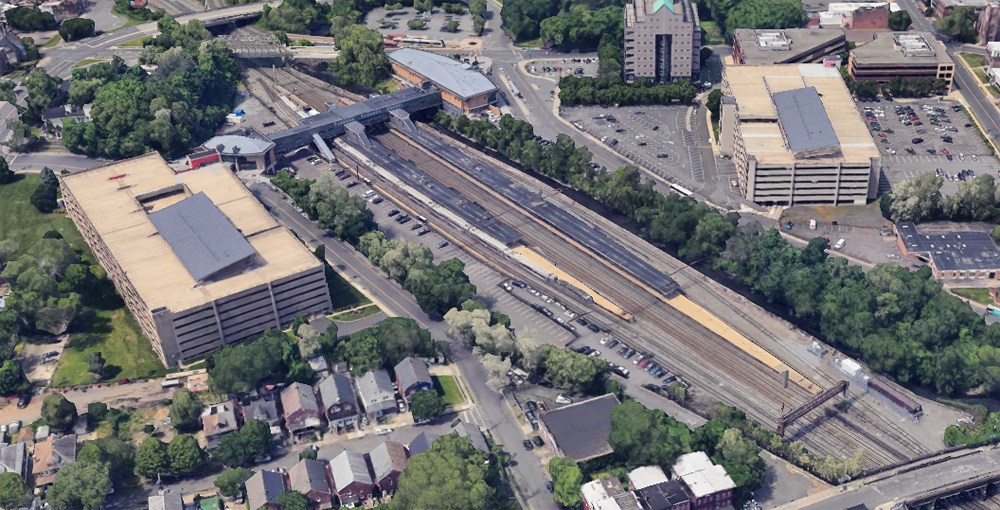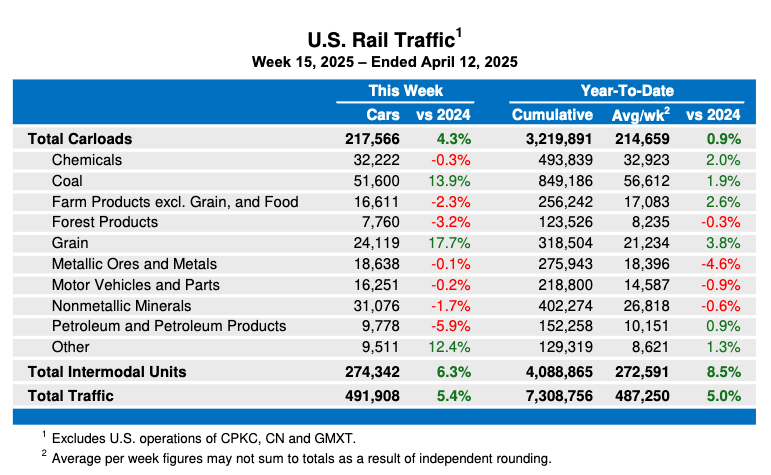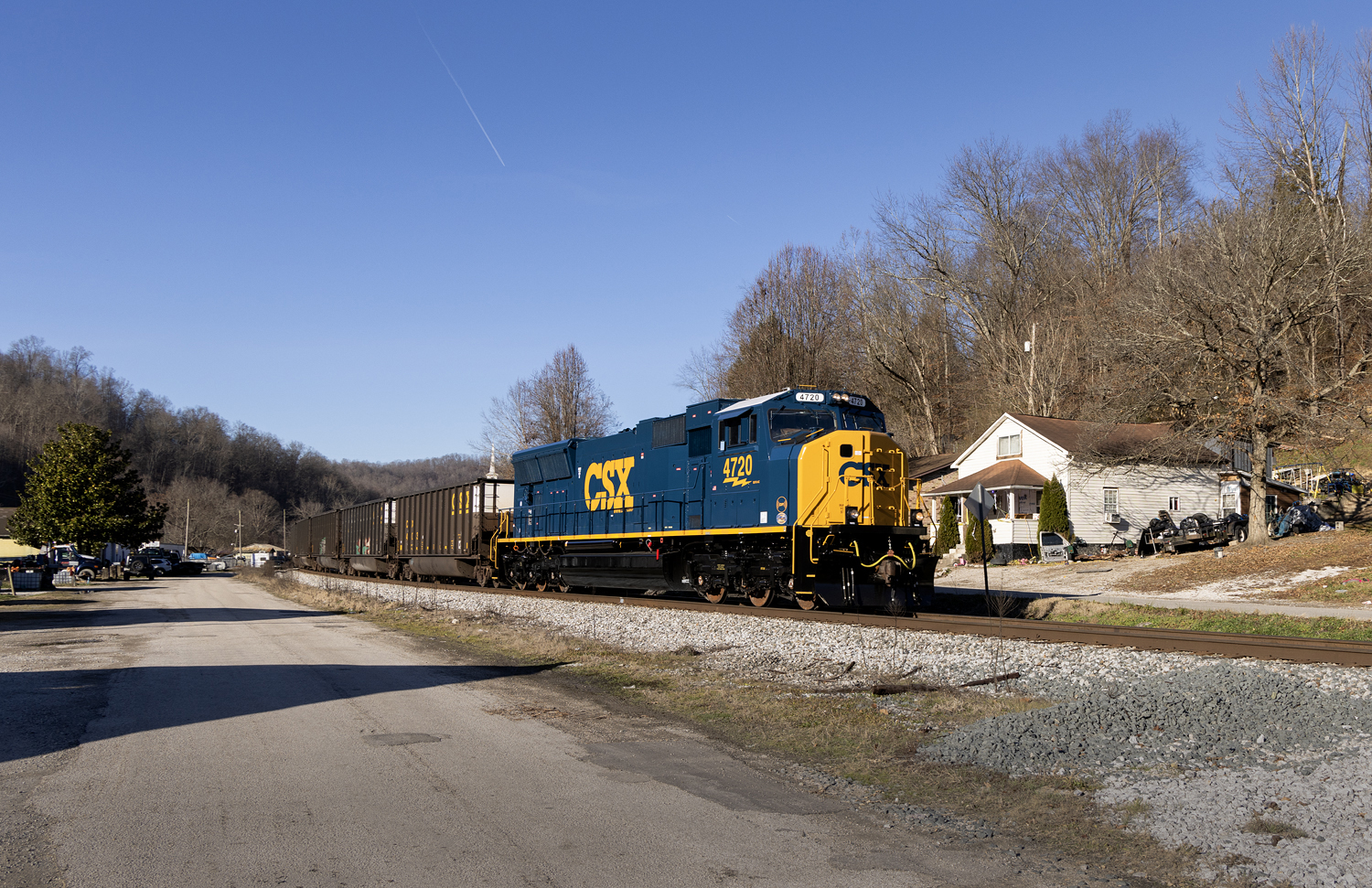The 3rd Rail GP9 locomotive models the durable first-generation diesel-electric workhorse. The follow-on to the GP7, it was perhaps the exclamation point on the phrase, “Steam is gone and it’s not coming back!”
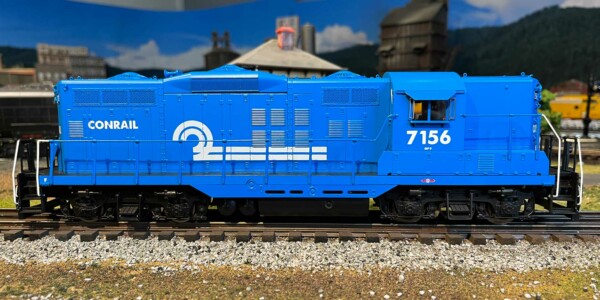
General Motors’ Electro-Motive Division produced a whopping 4,257 including 165 cabless units between 1954 and 1963. GP stands for “general purpose” and was the company’s designation for road-switcher type locomotives. The GP9 developed 1,750 hp, up from the GP7’s 1,500.
Learn more about the history of EMD.
The 3rd Rail GP9 locomotive
This model from 3rd Rail Division of Sunset Models features Lionel’s Train Master Command Control system with Electric Railroad Co. (ERR) Cruise and Railsounds 5.0. It can also be controlled conventionally.
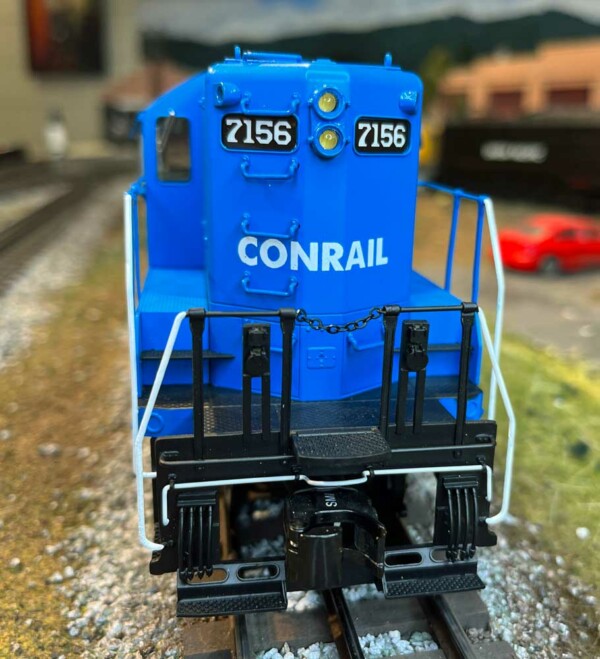
It has LED directional lighting, marker lights, and illuminated number boards. The interior of the cab is detailed with an instrument panel that has painted gauges, a hand throttle, and seat. There are no figures inside.
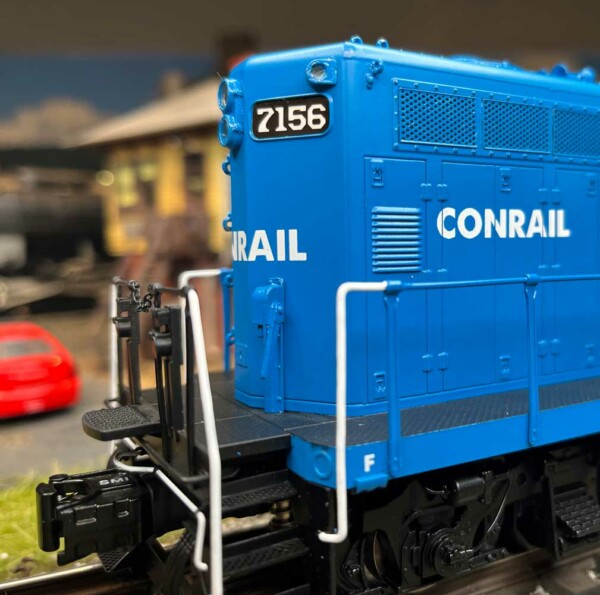
Most of the walkways feature molded diamond-tread pattern and the steps have drain holes. The fixed pilots do a great job hiding the ElectroCouplers. There are drop decks at each end of the locomotive with a safety chains across the pass-throughs.
Railroad-specific detail
The body is mostly plastic with brass add-on details. Units have a dynamic brake blister, winterization hatch, steam generator details, rooftop air tanks, and horn placement as appropriate to the roadname.
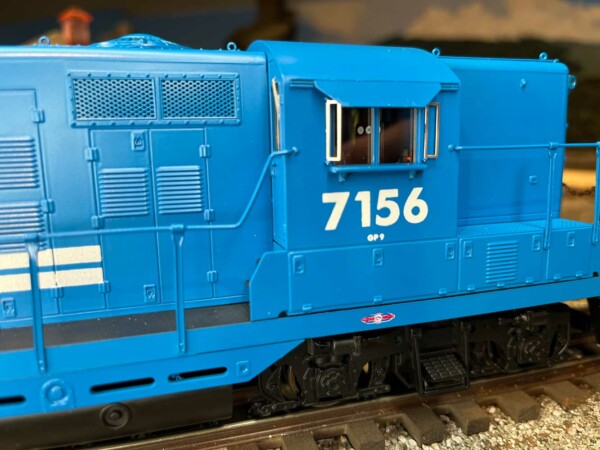
The body features molded-in detail and vents. There are also grab irons where appropriate and lift rings on top of the hood.
The vents on the side of the hood are key to identifying whether a unit is a GP7 or -9. The quick way is the rearmost ones are a double set on the GP7 ; the GP9 has a single set (see photo above).
The Conrail blue on this model is vibrant and the decals are crisp. The large white painted Conrail logo does have some blue showing through as though it needed another coat of paint. Another issue is the brass roof hatches are difficult to remove due to the dual magnets holding them in place. The extra force needed to remove them while avoiding the delicate parts causes the paint to easily chip off.
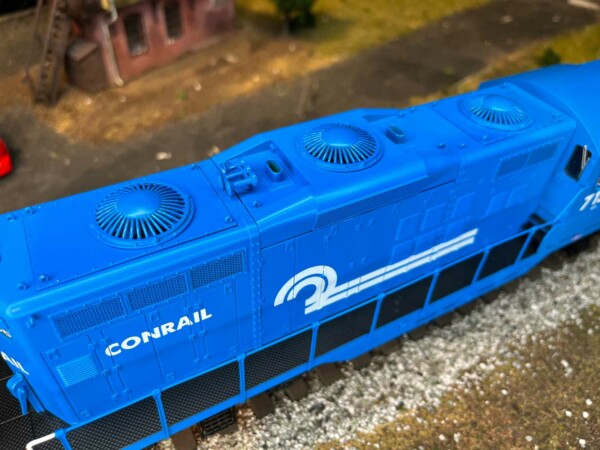
Each two-axle truck features a pair of sprung pickup rollers. All drivers are powered on these units from universal-joint equipped drive shafts coming out of the fuel tank. This model weighs in at 4 lbs. 1 oz. and requires O-54 curves and O-72 turnouts and switches.
My take
With TMCC and ERR Cruise the speed steps are not nearly as small as those on Legacy or Protosound 3 locomotives. This engine doesn’t crawl; don’t expect it to. The sounds are standard, but the speaker does seem to be of decent quality. There wasn’t any tinniness to the tones of the 567 prime mover as the engine rolled down the tracks.
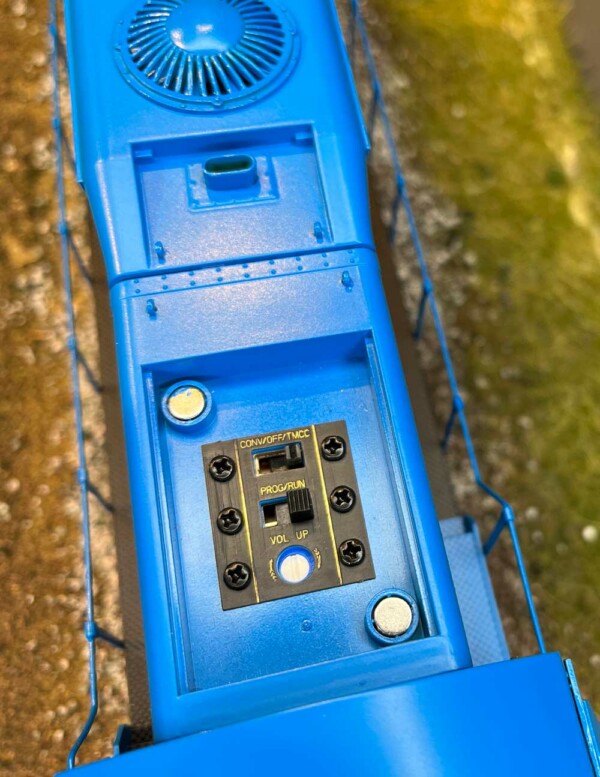
The fan-driven smoke unit puts out copious clouds. The dynamic brake blister where the exhausts are in the center of the long hood is removable so you can add smoke fluid more easily. I recommend a needle dropper for this; regular pipettes easily spill fluid, causing a mess.
Final thoughts
Another note about that hatch: it’s plastic and doesn’t seem to sit flush with the roof line, although to me this is hardly noticeable. I’m not sure how the plain, non-dynamic roof covers fit.
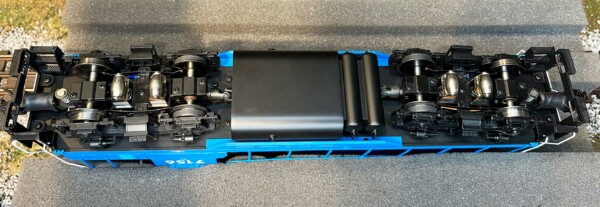
The main benefit of this model is the fixed pilots. For me, the paint issues aren’t much of a concern as the only time Conrail had clean locomotives was the day they were painted. This engine will be a good candidate for some weathering!
3rd Rail produced the GP9 in conjunction with a GP7 release. There are a few of these still available from the company’s website.
EMD GP7/9 by 3rd Rail Division of Sunset Models
MSRP: 799.95
GP7 roadnames: Atlantic Coast Line; Bangor & Aroostook (blue); Boston & Maine (Minuteman); Baltimore & Ohio (blue-gray passenger); Chesapeake & Ohio; Chicago & North Western; Chicago, Burlington & Quincy; Chicago Great Western; Clinchfield; Central of New Jersey; Denver & Rio Grande Western; Erie Lackawanna; Erie; Florida East Coast; Great Northern; Lackawanna; Louisville & Nashville; Nickel Plate Road; Northern Pacific (freight no air tanks); New York Central (lightning stripe); Pennsylvania Railroad; Reading; Seaboard Air Line; Santa Fe (zebra); Western Pacific.
GP9 roadnames: Bangor & Aroostook (gray-red-black); Boston & Maine (blue); Cotton Belt; Chicago & North Western; Chesapeake & Ohio (blue, Chessie System); Detroit Toledo & Ironton; Conrail; Denver & Rio Grande Western; Great Northern; Grand Trunk; Lehigh Valley; Milwaukee Road; Missouri Pacific (Jenks blue); New Haven; Nickel Plate Road; Norfolk & Western (black and Redbird schemes); Northern Pacific; Pennsylvania Railroad; Santa Fe (blue-yellow, zebra); Seaboard Air Line; Soo Line; Southern Pacific; Western Pacific; Spokane, Portland & Seattle; Texas & Pacific.
Website: 3rdrail.com
Get more O gauge action on the Chris’s Trains & Things channel on YouTube.






